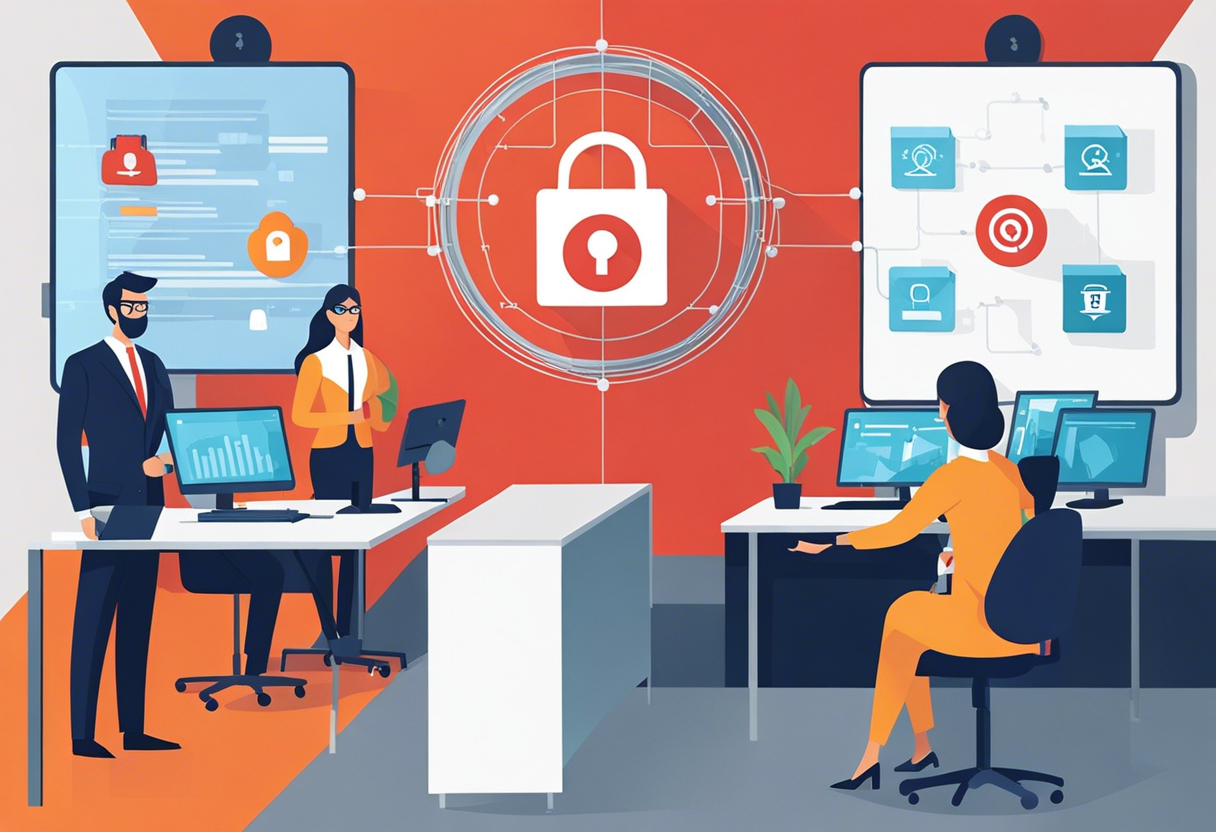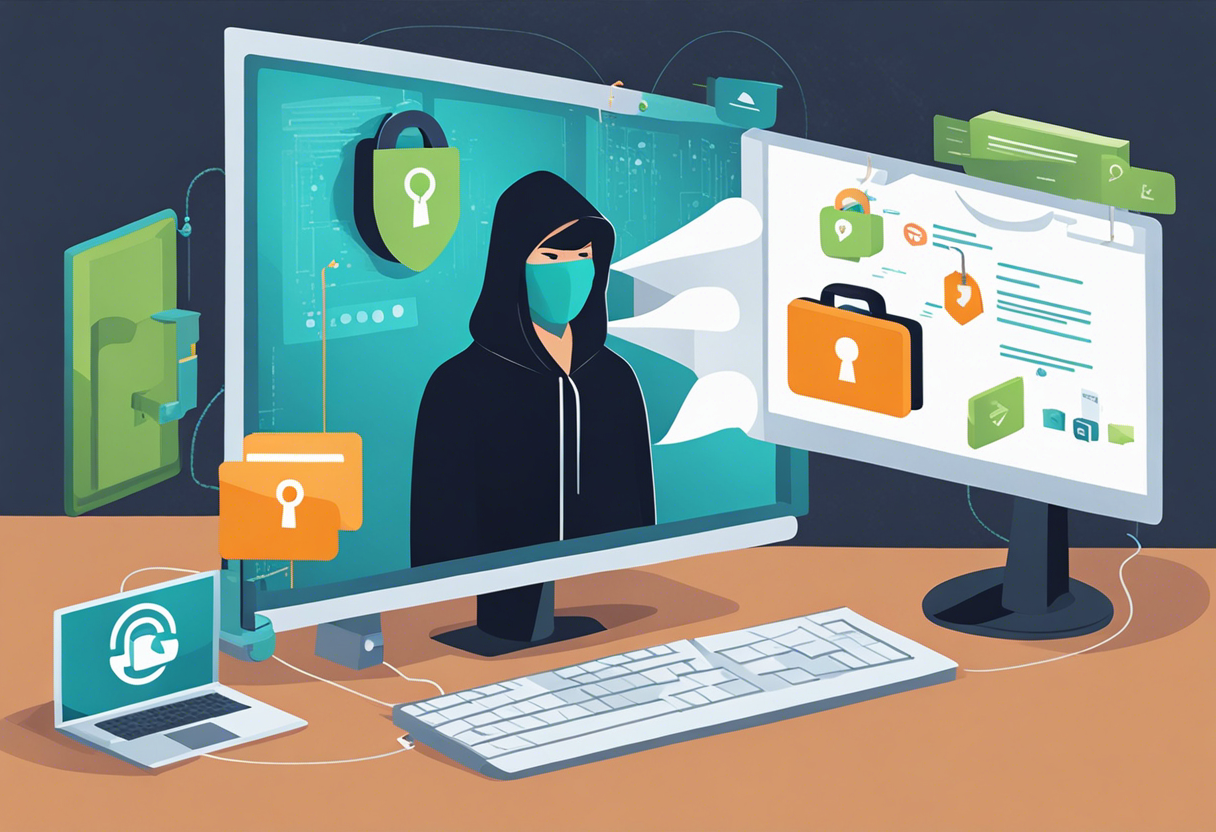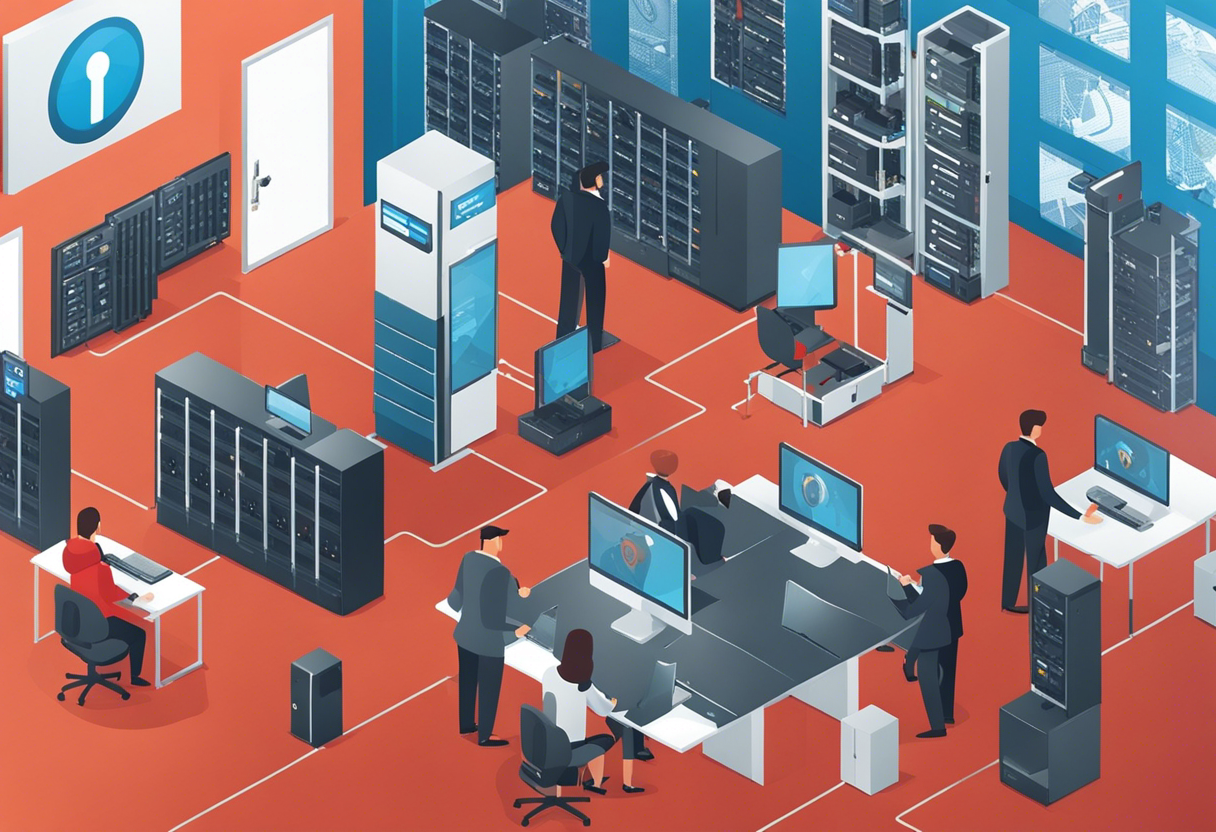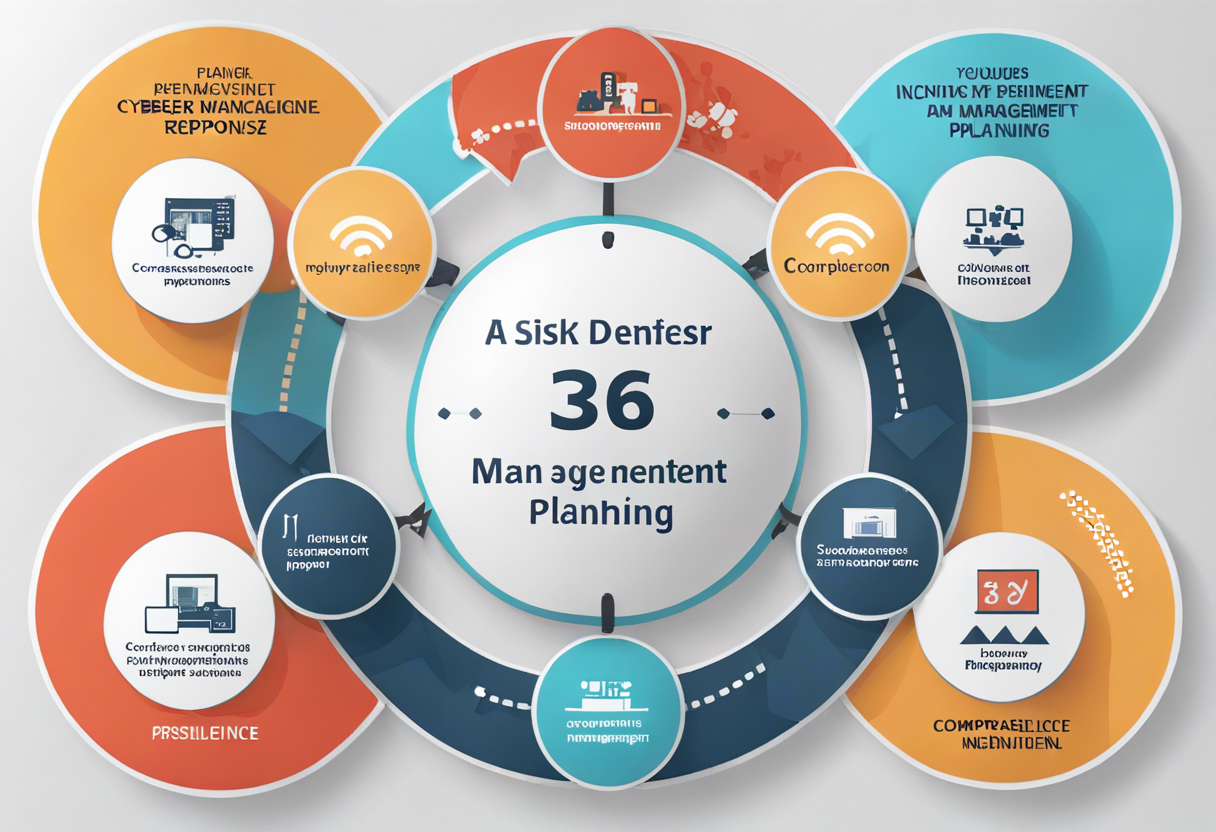Guarding the Digital Frontier: Five Advanced Cyber Security Approaches to Shield Your Data
Recent high-profile data breaches have underlined the urgency of robust perimeter security. This is the first line of defense in cybersecurity, aimed at blocking malicious attacks from infiltrating the network. Advanced firewalls, intrusion detection systems, and content filtering are some of the tools employed to achieve this. It’s also crucial to ensure secure remote access, especially with the increasing trend of remote work scenarios. While these strategies are vital, perimeter security alone cannot entirely secure your data.
The Human Firewall: Strengthening Employee Cybersecurity Awareness

The most robust security system in the world can become ineffective if employees aren’t adequately trained in cybersecurity best practices. Social engineering tactics such as phishing can lead to data breaches. Therefore, the importance of creating and implementing a thorough cybersecurity education program for your employees can't be underestimated. Regular training updates and phishing simulations can make staff vigilant and equipped to detect, avoid and report potential threats.
Predictive Defense: Adopting Machine Learning and AI for Proactive Protection

A reactive cybersecurity approach can be costly and damaging. Adopting artificial intelligence and machine learning can drive predictive defenses. They continuously analyze network behavior, recognizing and responding to unusual activity potentially indicative of an attack. AI can automate responses, quickly isolating affected systems to minimize spread, making it a potent tool in the cybersecurity arsenal.
Going Stealth with Encryption and Anonymizing Tools

Encryption isn’t just for confidential communication; it’s also a key tactic in preventing data theft. Advanced methods like end-to-end encryption turn data into indecipherable text until it reaches the intended recipient, making it useless to potential hackers. Similarly, anonymizing tools can mask IPs and protect identities, making detection and tracking of users difficult for cybercriminals.
Building Robustness: Enhancing Physical Security Measures

While the focus of cybersecurity is often on digital aspects, the importance of physical security shouldn’t be overlooked. This includes ensuring secure storage and disposal of hardware. Also, controlling physical access to servers and network-connected machines can prevent unauthorized access. Advanced biometric security systems and surveillance can enhance the physical security of data structures.
Achieving a 360-Degree Defense with Risk Management and Incident Response Planning

Even with all security measures in place, the potential for a data breach is never zero. Hence, companies must have a risk management plan in place which includes incident response planning. This could involve steps like identifying key personnel for crisis management, outlining communication strategies, and having a clear plan to control damage, recover data, and restore normal operations post-incident. Ultimately, your cyber-resilience lies in how fast and efficiently you can bounce back after a breach.







